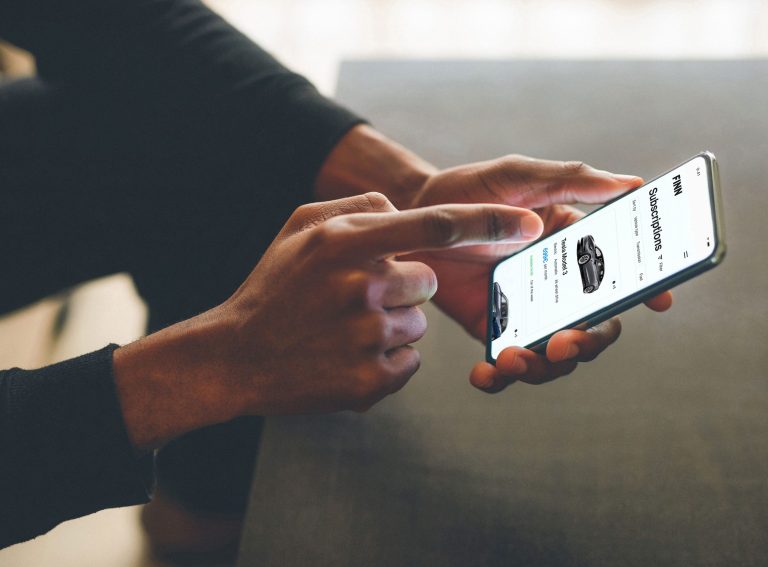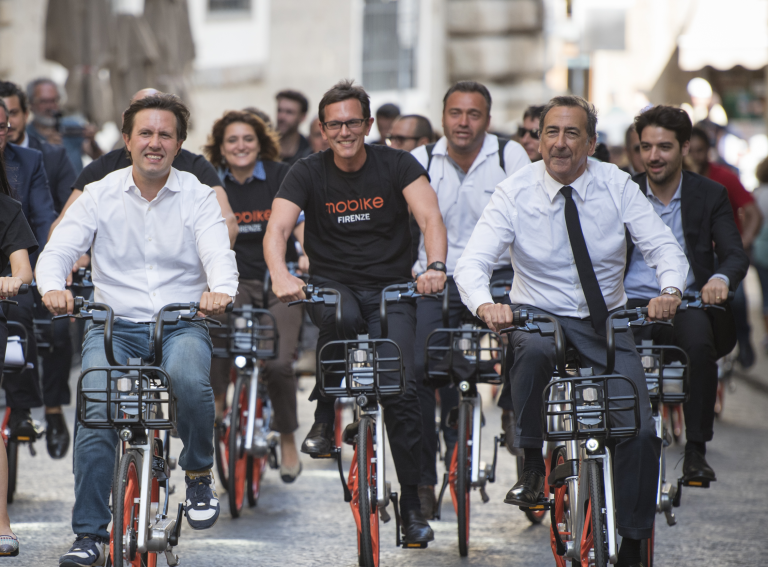Veo is one of the leading micromobility firms in the US, boasting a presence in more than 50 markets from New York to LA.
As part of its mission to end car dependency by making electric micromobility accessible to all, the firm has established Veo Enterprise to provide custom fleets of e-scooters and e-bikes that meet the unique needs of any business.
“Corporate campuses are the missing link in the micromobility space,” says Alex Keating, Head of Policy and Partnerships at Veo.
“They represent thousands of discrete locations in the US alone so it’s a huge growth area.”
Origins of Veo Enterprise
Keating noticed that a number of corporations were keen to cut transport costs, reduce congestion, enhance their sustainability credentials, and improve the perks available to employees as they return to the office.
He felt micromobility was the obvious fit. “Corporations face the same problems that we have been solving on university campuses since 2017.”
Some businesses had approached Veo in the past about buying its vehicles and operating them internally, but Keating and the team felt that a better solution would be for Veo to offer managed micromobility schemes that it could operate on the client’s behalf.
“This way the customer doesn’t have to buy the vehicles and we can update the fleet as our technology develops,” Keating explains.
“They can also rely on professionals to switch and charge the batteries, ensure high availability levels and provide accessible vehicles that can be ridden by the largest number of people.”
While Veo Enterprise is specifically targeted at businesses, universities and public agencies, the way in which the schemes are run is similar to its city-wide programmes. Prospective clients can visit the Enterprise webpage to view the different vehicles and operational formats on offer before agreeing on a setup that suits them.
“We pride ourselves on the fact that our Enterprise offer is tailored to the needs of each institution,” Keating says.
“Many of the campuses we serve are somewhat disconnected from urban transportation networks where workers have traditionally relied on cars to travel to and from work. However, we also work with clients located in urban centres, where we can offer their employees the chance to access our existing city fleets.”
Case Study: NASA
One example of a Veo Enterprise scheme in action is at the NASA Goddard Space Flight Center in Greenbelt, Maryland. Located about 45 minutes outside Washington, D.C by car, it’s one of NASA’s largest R&D sites in the country.
“Roughly 7,000 people are employed at the site with a lot of buildings scattered across the campus,” explains Keating.
“In the past, NASA attempted to manage their own pedal bikes programme to help people travel across the campus. They then approached us about purchasing devices and zeroed in on the Cosmo, our seated electric scooter.”
After speaking to Veo, NASA decided that a managed programme would better suit the needs of the campus and agreed to hire a fleet of 100 Cosmo devices. The devices are free to use for all employees and visitors to the site, and can be accessed via a customised app.
“We access and maintain the fleet on a regular basis and have created designated parking spaces across the campus. Riders can go anywhere they need to, but we have recommended parking hubs at every major building.”
The programme launched in June 2024 and 20,000 rides have already been completed, totalling a distance of 42,000 miles – all on a campus that’s two square miles. Keating says at this rate it will take them less than two years to ride all the way to the Moon.
“The programme has shown us how access to on-demand transportation changes the way people interact,” he argues.
“Colleagues want to bounce ideas off each other, but relying on cars or scheduled shuttles takes away from that. When people use the Cosmo they have more time to converse outside in the open air while travelling between buildings.”
Keating has also noticed that, due to the programme being free, riders have no incentive to finish their journeys: “This has put an extra onus on the team to monitor fleet health, but we have started using push notifications that remind riders to end their ride correctly. It has been full of learning.”
NASA too has been pleased with the results.
“Goddard is a science powerhouse for our nation, and to maintain a competitive edge, modernising our campuses is a key part of our centre strategy for success now and in the future,” says Raymond J. Rubilotta, Associate Director for NASA’s Goddard Space Flight Center.
“Without a doubt, integrating sustainable mobility into our day-to-day work life is helping us realise a more innovative and accessible campus environment that is boosting employee morale and productivity.”
The benefits of Veo Enterprise
Since its launch Veo has already seen evidence that its Enterprise programmes are helping to increase productivity.
This is because travel across campus is made quicker and easier, and distance is no longer seen as an impediment to organising face-to-face meetings.
“Access to micromobility is deepening relationships between colleagues and bringing joy to the workforce,” Keating adds.
“This is a real benefit to the employer and employee, and it also chimes with one of our core missions which is about making travel enjoyable. Our devices are fun to ride – it’s not just about getting from A to B.”
After the success with NASA, Veo is preparing to launch a new Enterprise scheme with a biotech business district in South San Francisco.
While details of the scheme cannot be shared just yet, the growing interest is testament to how shared micromobility schemes are solving problems on large campuses.
“Most large employers, just like most cities, have sustainability goals that need to be met,” Keating says.
“Providing micromobility devices helps reduce car trips and makes it easier for employees to choose public transport options.”





